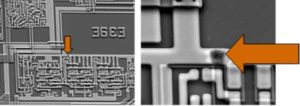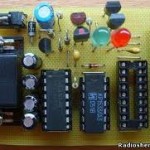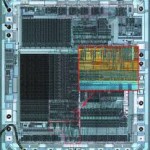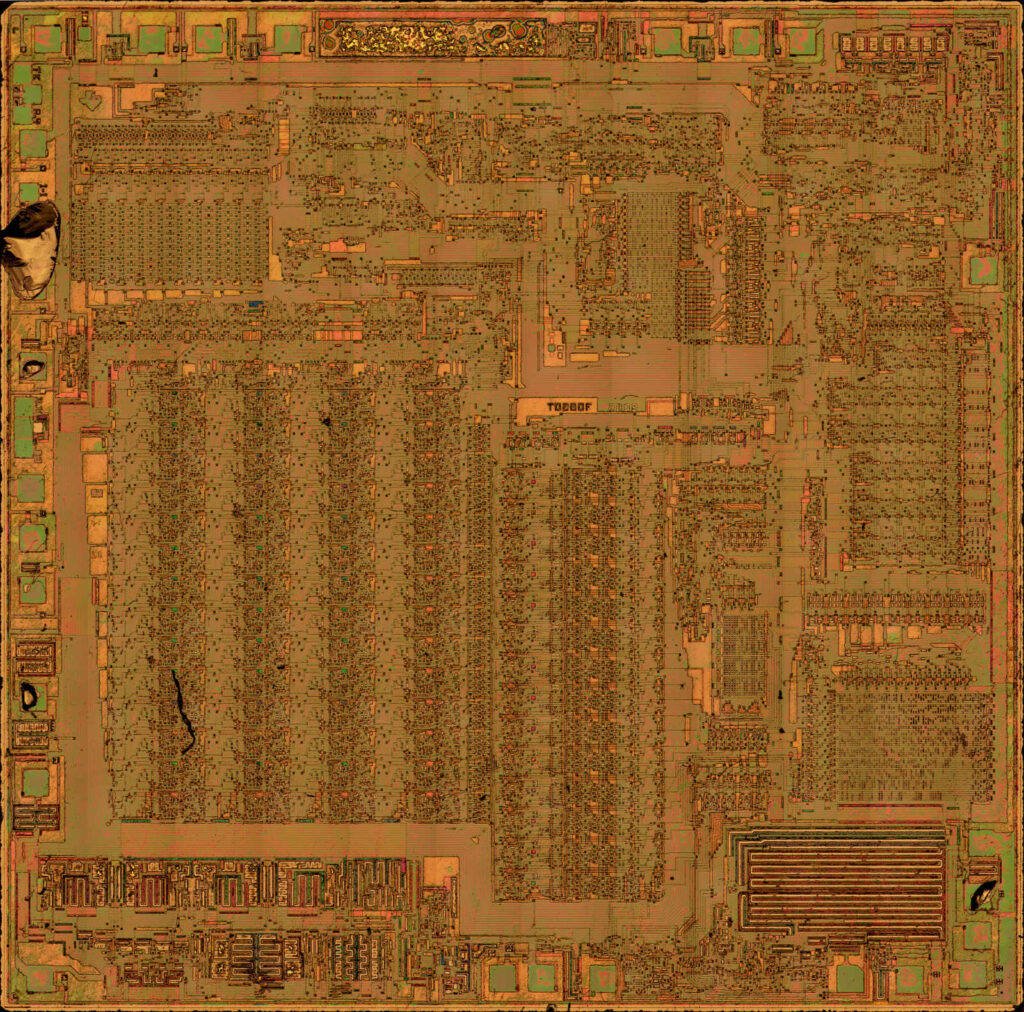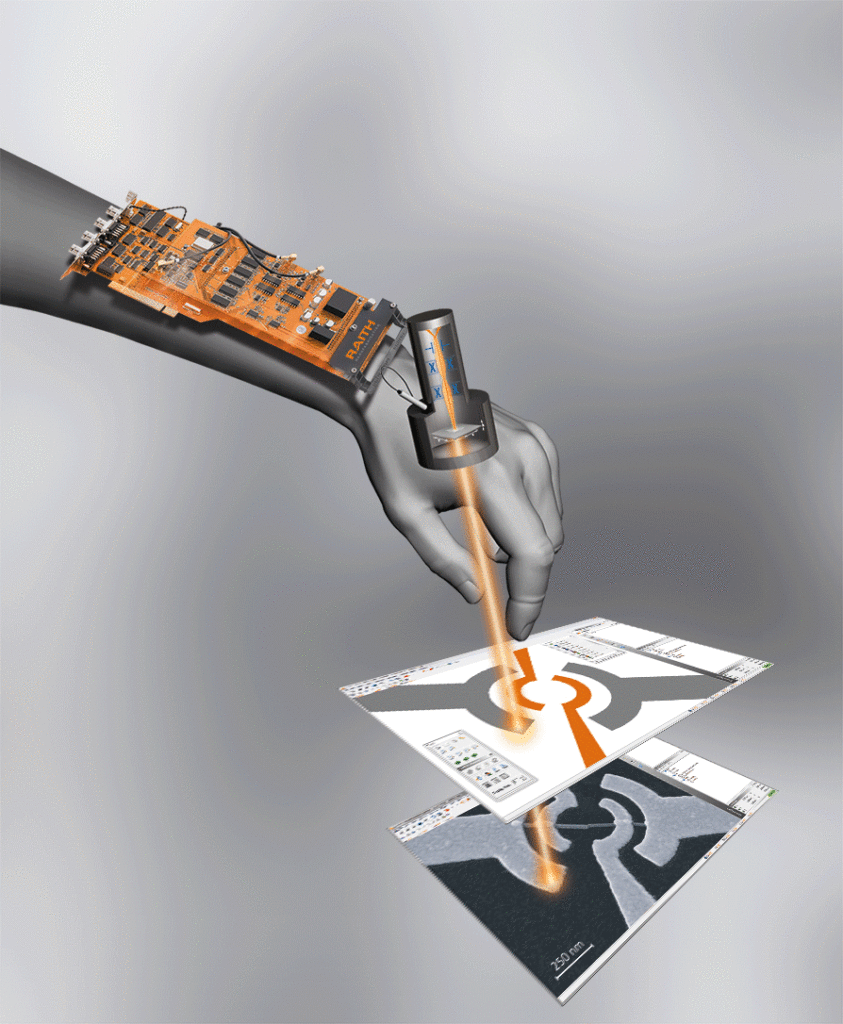Crack Microcontroller PIC18F26K20 Eeprom
Crack Microcontroller PIC18F26K20 flash memory and eeprom memory by disable the protection system of MCU PIC18F26K20, the firmware in the format of heximal or binary can be extracted and rewrite the code into blank Microprocessor PIC18F26K20 as original recovery;
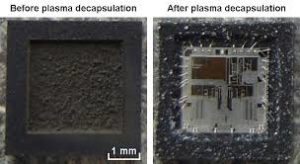
Crack Microcontroller PIC18F26K20 flash memory and eeprom memory by disable the protection system of MCU PIC18F26K20, the firmware in the format of heximal or binary can be extracted and rewrite the code into blank Microprocessor PIC18F26K20 as original recovery
The Oscillator module has a wide variety of clock sources and selection features that allow it to be used in a wide range of applications while maximizing performance and minimizing power consumption. Figure 2-1 illustrates a block diagram of the Oscillator module.
Clock sources can be configured from external oscillators, quartz crystal resonators, ceramic resonators and Resistor-Capacitor (RC) circuits. In addition, the system clock source can be configured from one of two internal oscillators, with a choice of speeds selectable via software. Additional clock features include if Microcontrolle PIC16F876 flash content reading:
· Selectable system clock source between external or internal via software.
· Two-Speed Start-up mode, which minimizes latency between external oscillator start-up and code execution.
· Fail-Safe Clock Monitor (FSCM) designed to detect a failure of the external clock source (LP, XT, HS, EC or RC modes) and switch automatically to the internal oscillator when Microcontroller PIC16F877 program reading.
Primary Clock modes are selected by the FOSC<3:0> bits of the CONFIG1H Configuration Register. The HFINTOSC and LFINTOSC are factory calibrated high frequency and low-frequency oscillators, respectively, which are used as the internal clock sources.
The OSCCON register (Register 2-1) controls several aspects of the device clock’s operation, both in full power operation and in power-managed modes.
Main System Clock Selection (SCS)
Internal Frequency selection bits (IRCF)
Clock Status bits (OSTS, IOFS)
Power management selection (IDLEN)
The System Clock Select bits, SCS<1:0>, select the main clock source. The available clock sources are
· Primary clock defined by the FOSC<3:0> bits of CONFIG1H. The primary clock can be the primary oscillator, an external clock, or the internal oscillator block.
· Secondary clock (Timer1 oscillator)
· Internal oscillator block (HFINTOSC and LFINTOSC).
The clock source changes immediately after one or more of the bits is written to, following a brief clock transition interval. The SCS bits are cleared to select the primary clock on all forms of Reset if Crack Microcontrolle PIC12CE674 software.
Tags: crack microcontroller heximal archive,crack microcontroller heximal code,crack microcontroller heximal content,crack microcontroller heximal data,crack microcontroller heximal eeprom,crack microcontroller heximal file,crack microcontroller heximal firmware,crack microcontroller heximal information,crack microcontroller heximal memory,crack microcontroller heximal program


